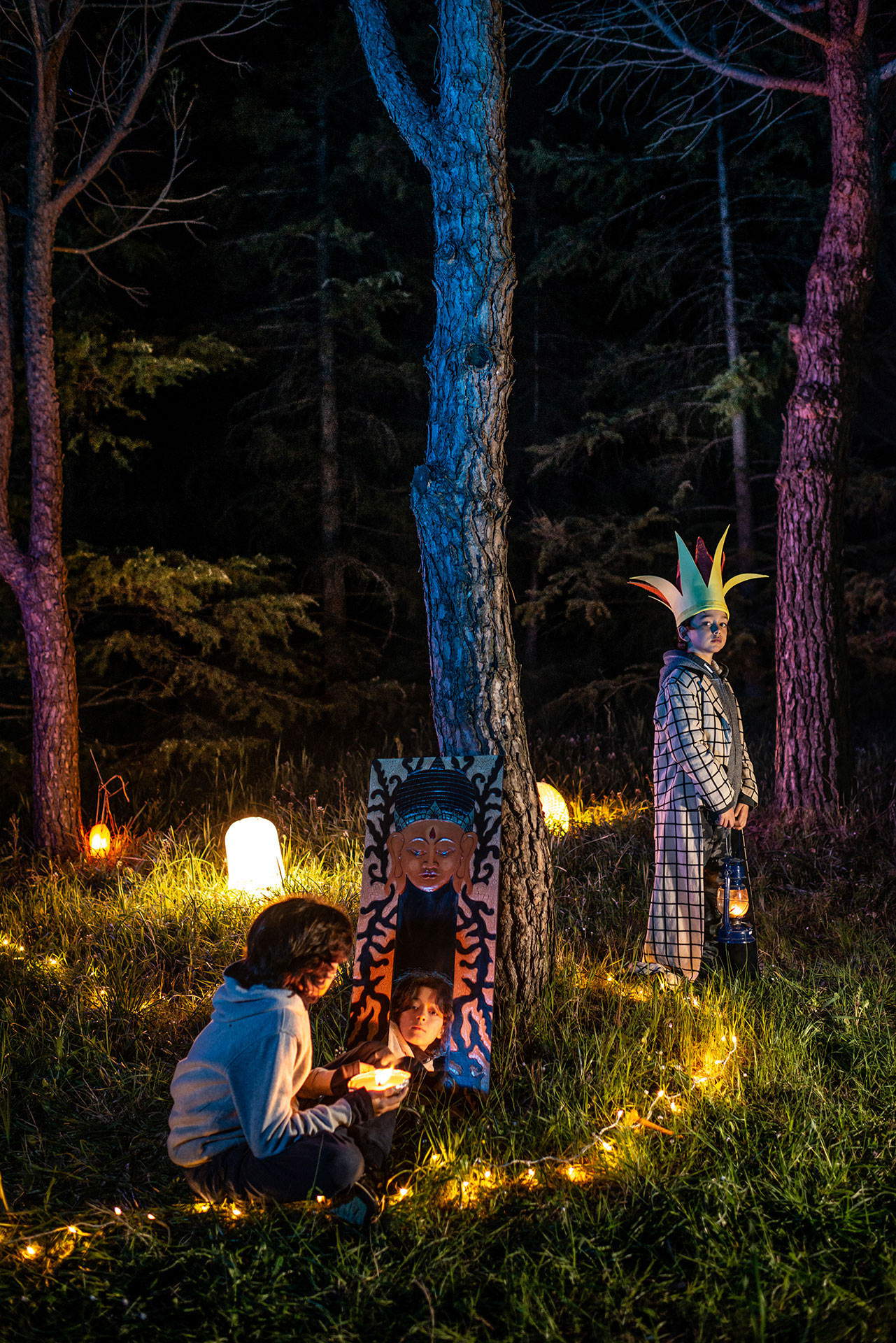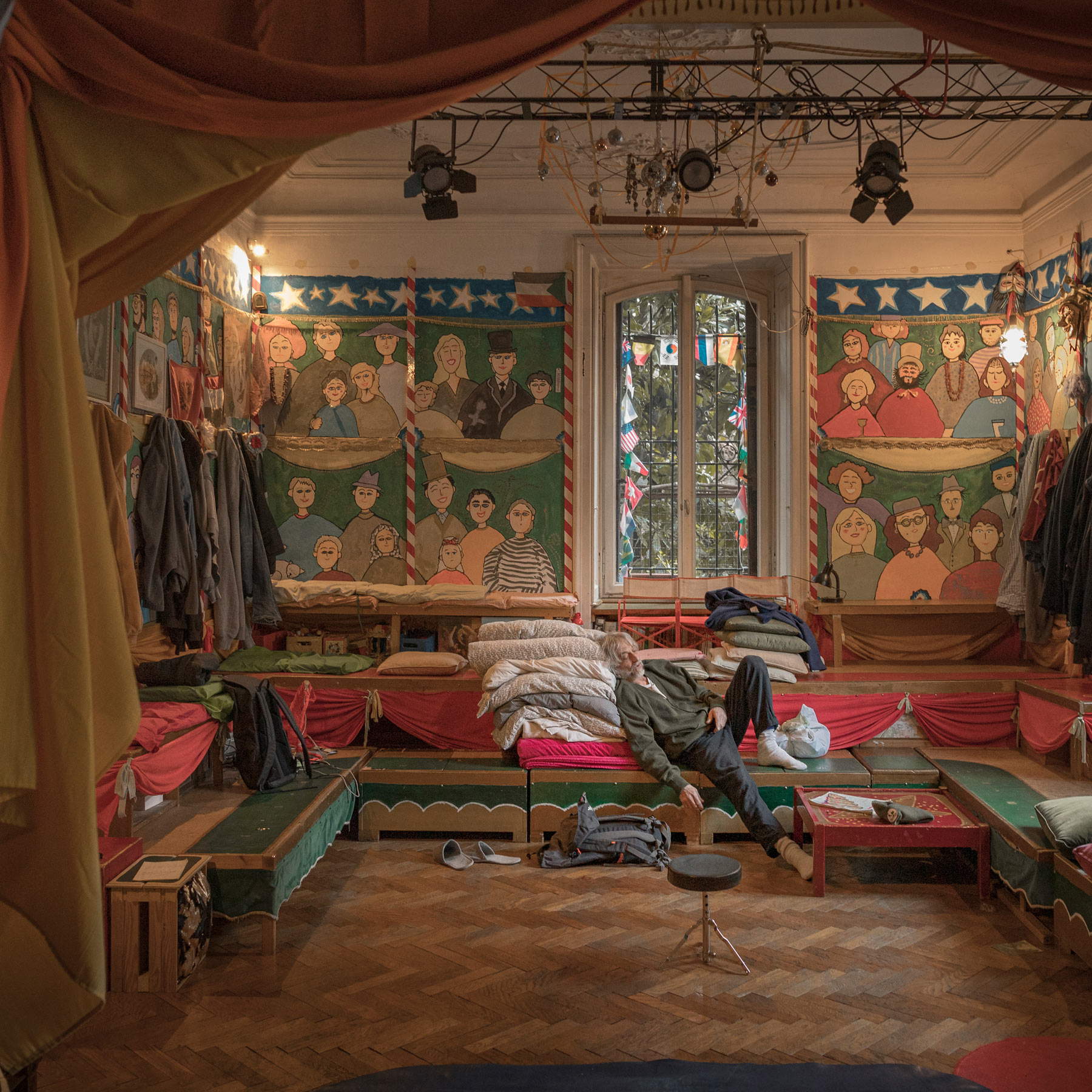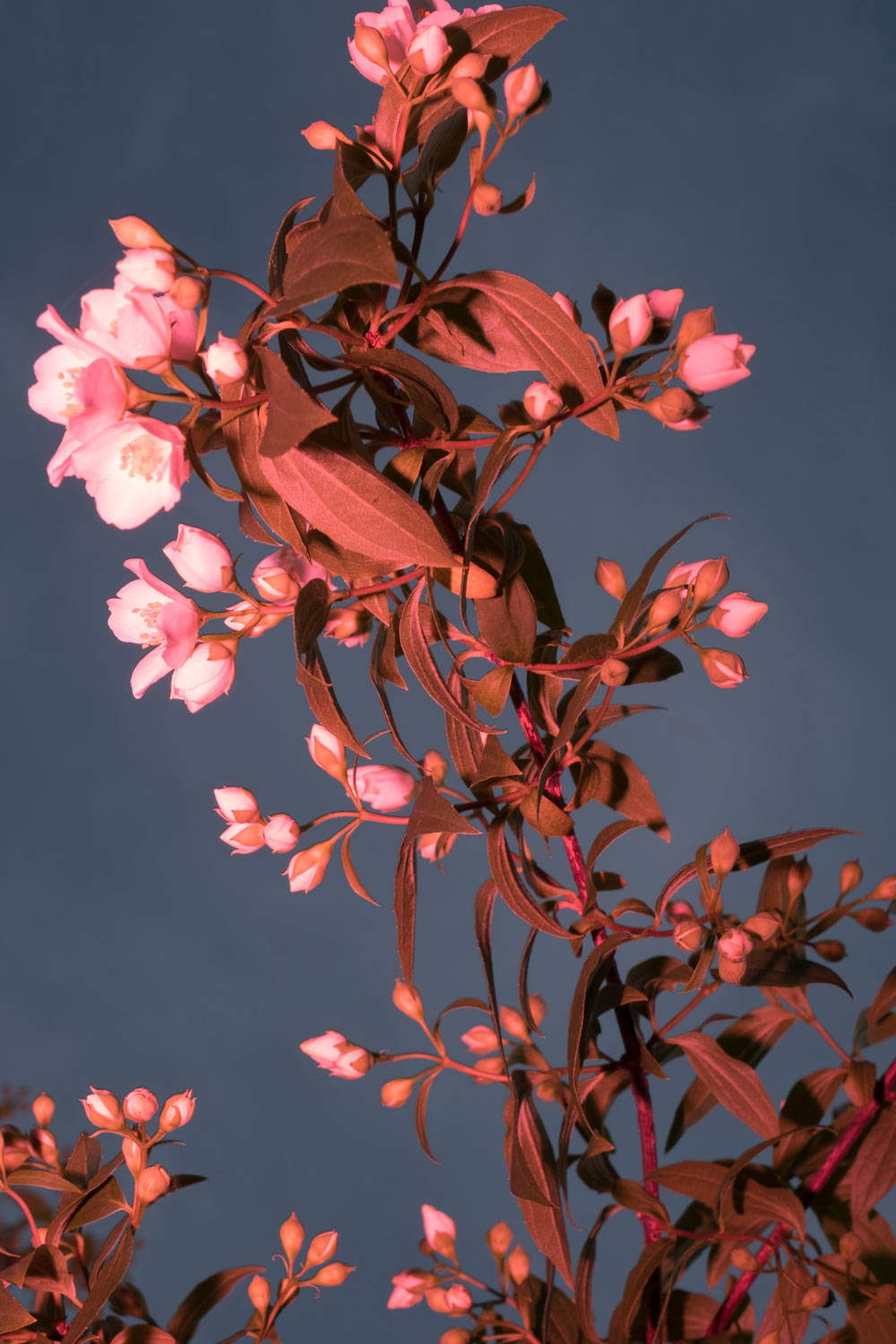How the pandemic is changing photography: interconnected spaces and intimate narratives
As a curator specializing in photography, the period of the first lockdown was indeed crucial and full of questions I was asking myself and the people I had the opportunity to engage with, albeit virtually: how can Art and especially Photography contribute in shaping this new scenario? How will the public, institutions, and the media make use of these powerful media to help themselves (and help us) in understanding this disruptive contemporaneity?
That Art is not only a form of expression but also a very powerful communication tool is well known, but the familiarity that Photography has achieved among the public in recent decades reveals an invaluable power of the photographic medium. Every day, allincirca 100 million images are shared on Instagram alone. The number is clearly higher when considering all other social sharing platforms. If we were to ask ourselves, however, how many photos are taken (not just shared) every day, the question would be extremely more complex: all cell phones have for years had at least one built-in camera that each of us uses daily over and over again. We take photographs not only to capture moments, but also more simply to remind ourselves of something through a screenshot: photography now lurks everywhere, even where we apparently think it is not present. More and more, we know the World through photographs, which we trust and often leave to speak where words are not enough.
Indeed, it is evident how in historical moments when the understanding of reality becomes complex and certain events change the course of events, Photography has always played a fundamental role: today we tend more and more to associate crucial episodes of global history with photographs that later become iconic, not necessarily taken by professional photographers. Just to give a few examples, just think of the photo of the “Tank Man” freezing the Tiananmen Square protest of89 in Beijing, the shot of the “Falling Man” from the Twin Towers, or even the hundreds of photos taken during the collapse of the Berlin Wall.
In this epochal moment, photography has managed to add an image to something that was only a feeling, a big black indecipherable screen: artists and photographers have decided, through their authorship, to tell this new form of complexity that is no longer only social, environmental, health or economic, but that contemplates within it a series of instances that are increasingly connected and impossible to distinguish. One is no longer called upon to decide to investigate a particular theme, preparing ad hoc projects with each photographer’s own time, methods and poetics, but rather to narrate, always according to one’s own point of view, a new scenario that has suddenly affected everyone indiscriminately (in different ways) and that has heavily modified the notions of time and space: dilated times have been flanked by reduced spaces.
 |
| Elisabetta Zavoli, And in darkness you find colors |
 |
| Davide Bertuccio, The silent beating of their hands |
 |
| Simone D’Angelo, Or how I learned |
The speed with which this epochal change has occurred has made Photography the medium best suited to investigate the myriad facets of the pandemic: from the commissions that have allowed photographers to bear witness to otherwise inaccessible places and events that have been our eyes in the past few months, to the intimist narratives crafted within domestic walls, passing through flashes of creativity and audacity not even remotely conceivable in unsuspected times. As a curator, I have seen a proliferation of projects never seen before (almost as if the lack of productivity during the lockdown period was perceived as a guilt) full of interesting and original visions, in which the personal and intimate enjoyment of the image has been accompanied by a strong desire/need to share with the public, in almost immediate time: the home has become an agora, the personal project has become a manifesto.
All these diverse images and visions contribute from the moment of their realization to define an imaginary that is still elusive, but that will become part of a collective historical memory: the possibility of posting, sharing and disseminating projects on authorial platforms or even simply on social networks, has created a thriving network of visions as well as a spontaneous (and not) archive of visual testimonies. Precisely because of the importance that photography assumes in decoding this contemporaneity, Ph.ocus - About Photography, the section of Paratissima dedicated to Photography, will host the exhibition entitled Please, stay home the result of a careful selection of photographic projects by emerging and independent authors unpublished and capable of testifying to the diversity of photographic contributions related to the narrative of lockdown. Accompanying this exhibition will be Quarantined, a multimedia project created in collaboration with Dario Donato, Teodora Malavenda and Chiara Oggioni Tiepolo that uses images, texts and videos to narrate the lockdown and investigate the virtual aggregation space, involving photographers Davide Bertuccio, Simone d’Angelo, Karim El Maktafi, Camilla Ferrari, Fabio Itri, Gianmarco Maraviglia, Sara Rossatelli and Elisabetta Zavoli. That of Ph.ocus About photography (the date of which is still being defined) is an attempt to demonstrate how the choral coexistence of projects by professional and amateur photographers can contribute to the decoding of a tangible scenario of contemporaneity, even in periods with high levels of entropy such as the current one.
Each of us is called upon to engage with this enormous amount of narratives, visions and images, choosing, in our own small way, even our own angle of observation and contributing to nurture this great imaginary. The democratization of the photographic medium allows each of us to be not only a witness to, but also an actor in this epochal testimony: the important thing is to always be aware of the power of images, their fragility, but also their power to change the world.
Warning: the translation into English of the original Italian article was created using automatic tools. We undertake to review all articles, but we do not guarantee the total absence of inaccuracies in the translation due to the program. You can find the original by clicking on the ITA button. If you find any mistake,please contact us.





























